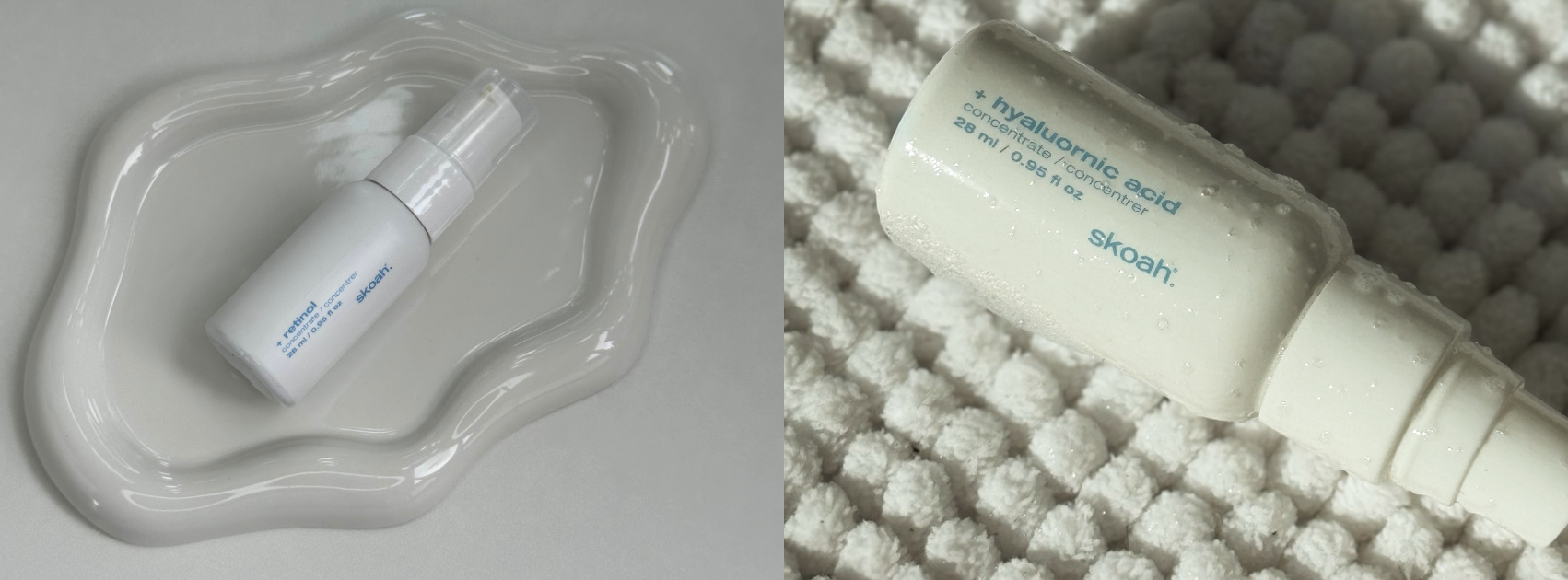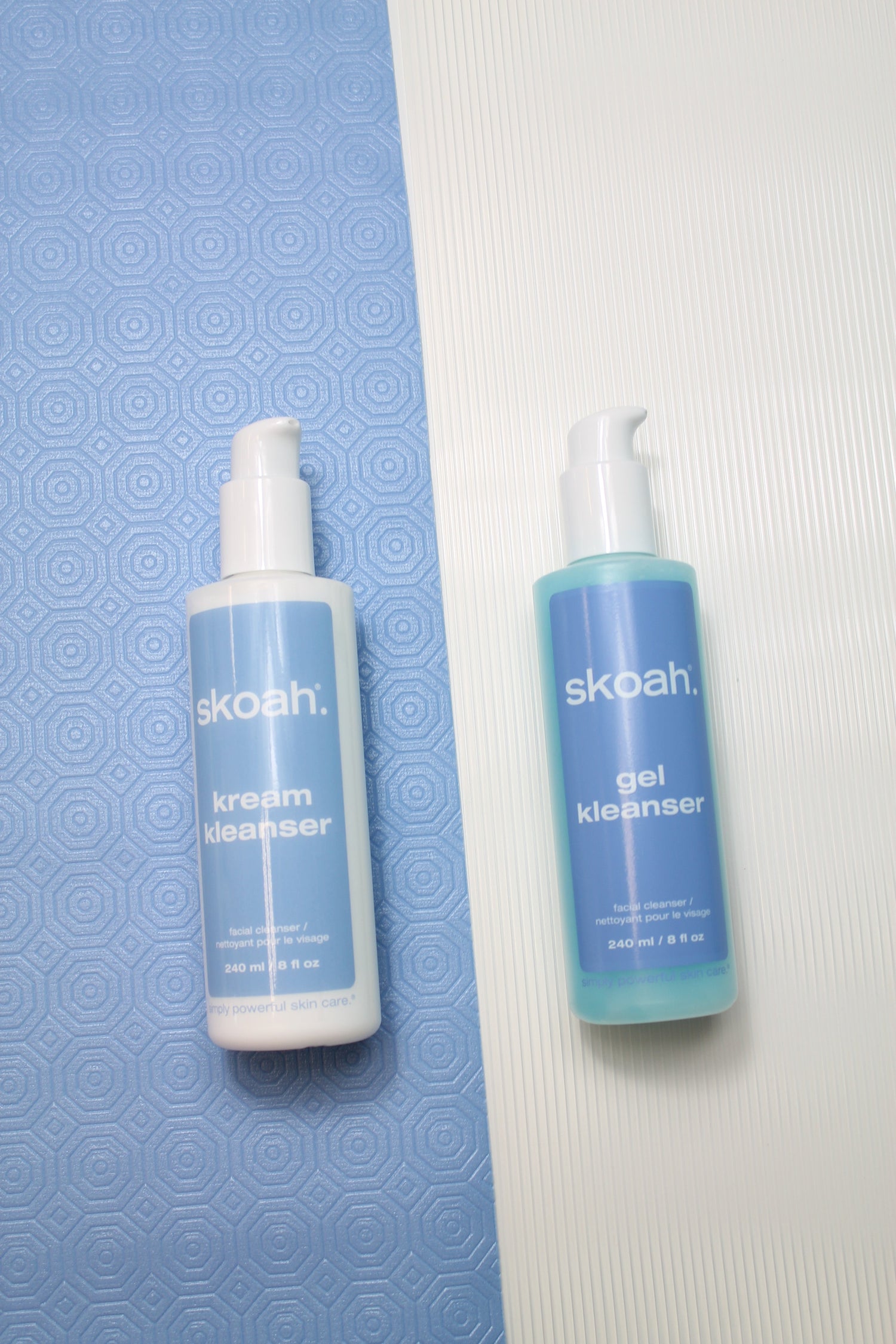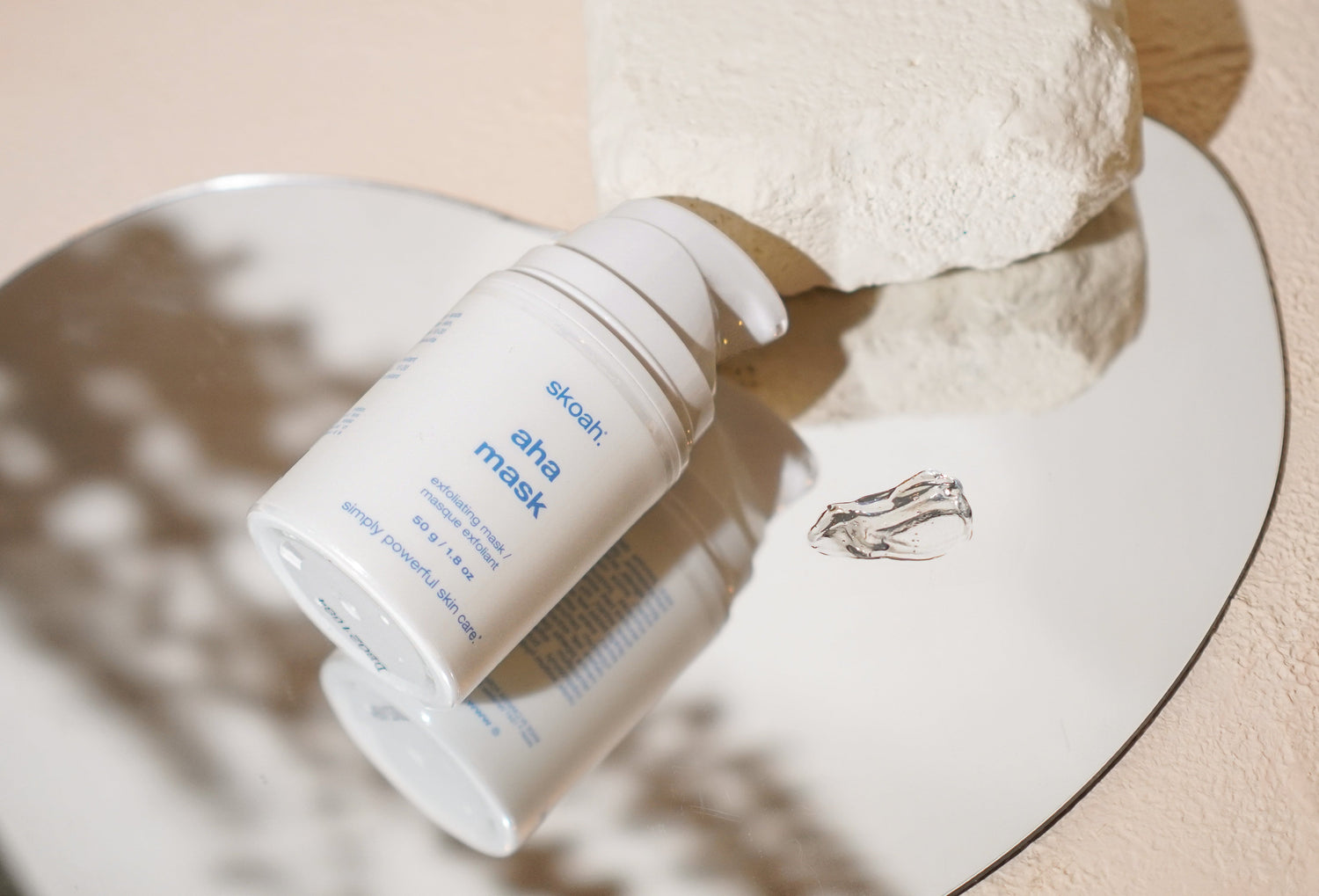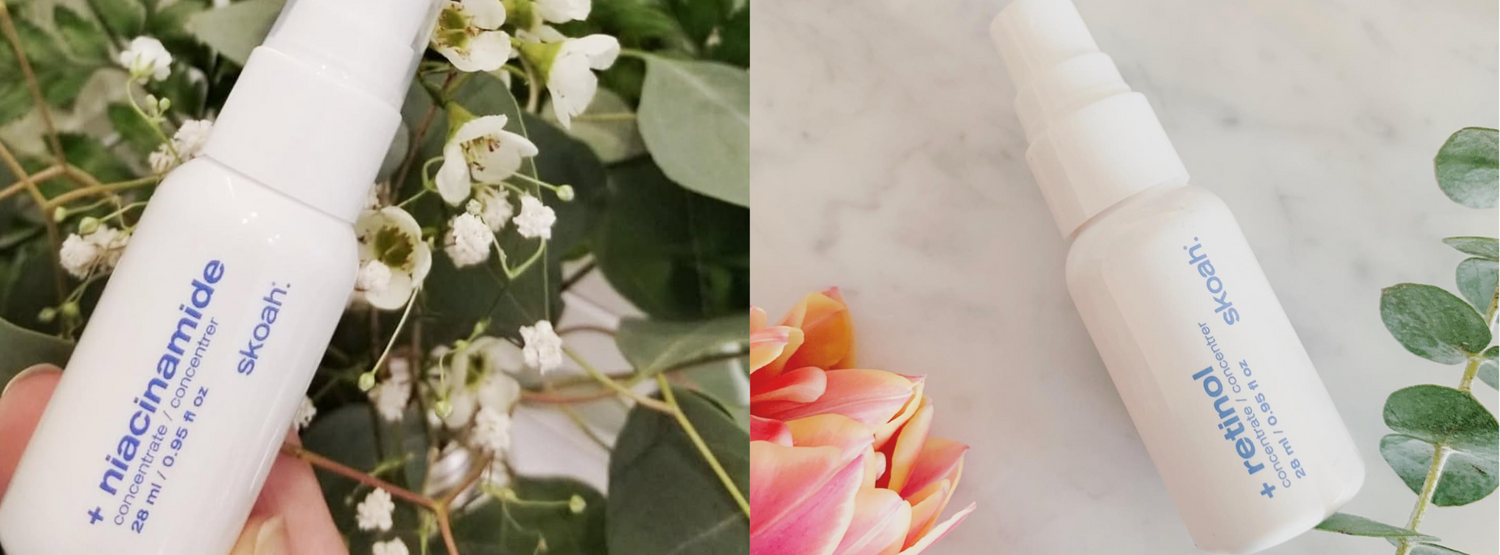When used properly, hyaluronic acid (HA) and retinol can be a game-changing combo in your skincare routine. One hydrates and plumps, the other smooths fine lines and improves clarity—but layering them incorrectly can leave your skin dry, irritated, or worse. Here's how to use both for their full effect without the dreaded dryness.
First, Why These Two Work So Well Together
-
Hyaluronic Acid is a humectant that draws moisture into the skin, helping to plump, smooth, and hydrate.
-
Retinol is a vitamin A derivative that speeds up cell turnover, unclogs pores, reduces signs of aging, and improves skin texture.
Retinol can be drying, especially at the start. HA helps replenish hydration and strengthen the moisture barrier, making your skin more resilient and less reactive to retinol.
The Right Order: HA First, Then Retinol
Step-by-Step Routine:
-
Start with clean, slightly damp skin.
-
Apply a hydrating layer of hyaluronic acid. This gives your skin a hydration buffer.
-
Let it absorb for 30-60 seconds.
-
Apply your retinol (pea-sized amount or 1 pump).
-
Seal in with a moisturizer.
-
Finish with SPF the next morning.
The "Retinol Sandwich" Method
If you're new to retinol or have sensitive skin, try this:
-
Apply a layer of moisturizer before retinol to cushion your skin.
-
Then apply retinol.
-
Follow with another layer of moisturizer.
This "sandwich" technique minimizes irritation while still allowing the retinol to do its job.
How Often Should You Use Retinol?
If you’re just starting out:
-
Use it 1-2x per week at night.
-
Gradually increase to every other night or as tolerated.
-
Always patch test first.
Meet Your New Skincare Duo
+Hyaluronic Acid (Ultra Hydrating Concentrate)
-
What it does: Attracts up to 1000x its weight in water
-
Why you need it: Hydrates, plumps, and improves skin texture
-
How to use: Add a pump to your serum, moisturizer, or mask
-
Form: Sodium hyaluronate for better absorption
-
Skin types: All skin types, oil-free formula
+Retinol (Ultra Restoring Concentrate)
-
What it does: Boosts cell renewal, smooths skin, fades UV damage
-
Why you need it: Improves skin clarity and texture while reducing signs of aging
-
How to use: Start with 1-2x per week at night, build up gradually
-
Key ingredients: Retinol (0.1% pure), vitamin C, vitamin E, allantoin
-
Skin types: All, but ease in if you’re fair or sensitive
-
Caution: Not for use while pregnant or if using prescription retinoids
Skincare Tips for Success
-
Always wear SPF during the day. Retinol increases sun sensitivity.
-
Keep skin hydrated. This will prevent peeling and sensitivity.
-
Avoid using strong exfoliants on the same night as retinol.
-
Store your retinol in a cool, dark place.
FAQ: Using Hyaluronic Acid and Retinol
Q: Can I use hyaluronic acid and retinol together?
A: Yes! They’re a perfect pair when layered correctly. Apply HA on damp skin first, followed by retinol.
Q: Should I moisturize after using retinol?
A: Always. Moisturizer helps seal in hydration and calm the skin barrier after retinol application.
Q: Can I mix retinol and hyaluronic acid together?
A: You can mix them in your palm before applying or layer them—just make sure HA goes on first.
Q: What should I avoid while using retinol?
A: Avoid other actives like AHAs, BHAs, or vitamin C (unless formulated together). Don’t use retinol on irritated or sunburned skin.
Q: Is it normal to experience dryness or flaking?
A: Yes, especially in the beginning. That’s why pairing with hyaluronic acid is so important.
Hyaluronic acid and retinol are two of skincare's most powerful ingredients. When used properly, they complement each other beautifully to hydrate, repair, and renew your skin. Start slow, layer with care, and let Skoah's targeted concentrates help you build a results-driven routine.



